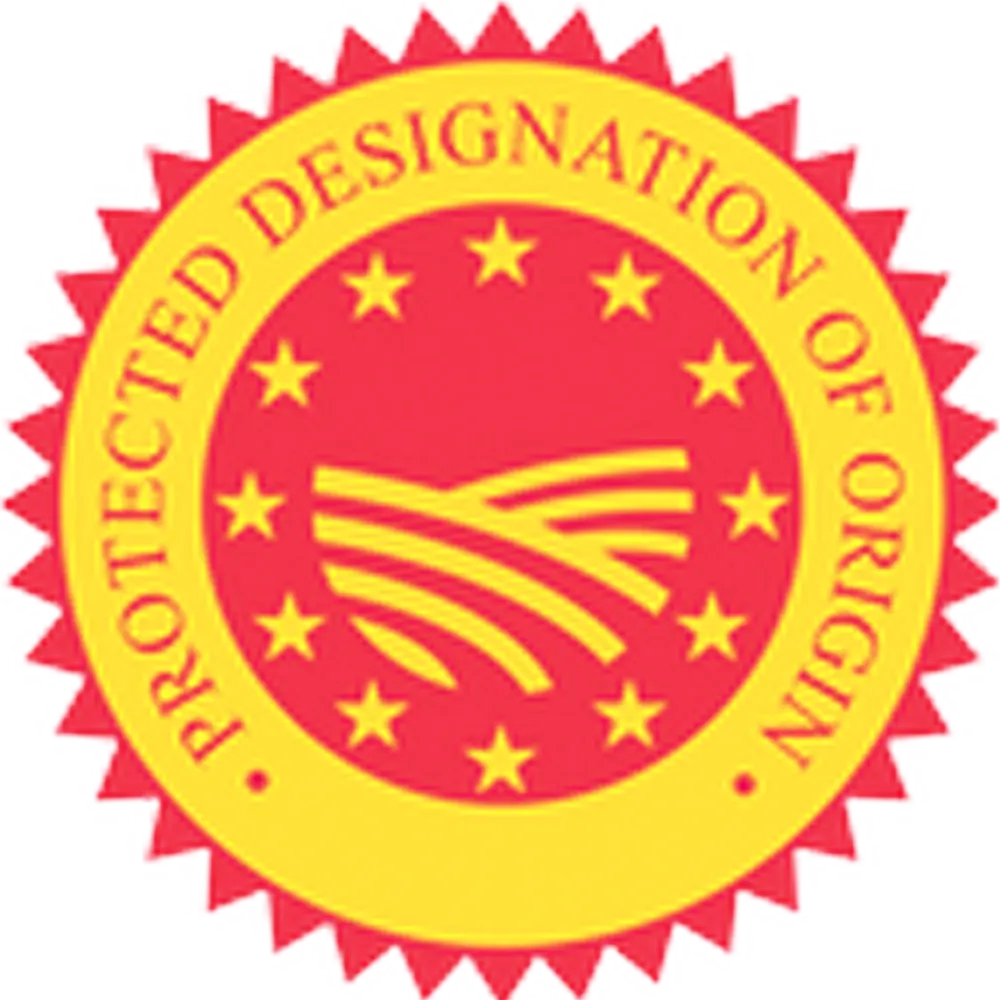Antep Borek Soup Protected Geographical Indication
Tuesday, July 19, 2022
No: 793 – Protected Geographical Indication (PGI)
GAZIANTEP BOREK SOUP / ANTEP BOREK SOUP
Registrant
Gaziantep Metropolitan Municipality
This geographical indication was registered on 02.07.2021 to be protected as of 20.07.2020 within the scope of the Industrial Property Law No. 6769.
Registration Number : 793
Registration Date : 02.07.2021
Application Number : C2020/204
Application Date : 20.07.2020
Name of Geographical Indication : Gaziantep Borek Soup / Antep Borek Soup
Product / Product Group : Soup / Food and soups
Type of Geographical Indication : Protected Geographical Indication (PGI)
Registrant : Gaziantep Metropolitan Municipality
Address of Registrant : İncilipınar Mah. Şehit Yusuf Erin Cad. No:41 Sehitkamil GAZIANTEP
Geographical Boundary : Gaziantep province
Usage Format : The phrase Gaziantep Borek Soup / Antep Borek Soup and the name of origin emblem
are placed on the product itself or on its packaging. When it cannot be used on the
product itself or on its packaging, the phrase Gaziantep Borek Soup / Antep Borek
Soup and the emblem of the name of origin are kept in the business in such a way
that it can be easily seen.
Product Description and Distinctive Features:
Gaziantep Borek Soup / Antep Borek Soup is a soup made of small dough pieces prepared with mutton, chickpeas, strained yogurt, eggs and roasted minced meat and onions called borek/börek (pastry). It is served by pouring oil with mint and black pepper on it.
Gaziantep Borek Soup / Antep Borek Soup is one of the soups prevalent in the cuisine of Gaziantep province, which is included in the UNESCO Creative Cities Network. Gaziantep Borek Soup / Antep Borek Soup, which has a production method specific to Gaziantep province, has a reputation link with the geographical border.
Production Method:
Ingredients for Gaziantep Borek Soup / Antep Borek Soup for 5-6 servings are as follows.
For borek:
150-200 g ground mutton
1.5-2 glasses of flour
1 onion
1-2 tablespoons of ghee / olive oil
1 teaspoon of black pepper
½ dessert spoon of salt
For the dish:
300-500 g cubed meat (mutton)
½ -1 cup of chickpeas
2-4 cups of strained yoghurt
2-4 tablespoons of ghee/butter
1 egg (optional)
1 tablespoon of dried mint
½ teaspoon of black pepper
Salt (optional)
Recipe:
Cubed meat is placed in a pot, water is added to a few inches above it and boiled. The scum that formed while boiling (kef) is separated with a spoon and thrown away. It is very important to remove the scum in terms of the clarity of the food. After the scum is removed, chickpeas and salt are added and cooked until soft.
Onion is finely chopped to prepare pieces of dough with onion and minced meat called borek. The minced meat is roasted in a large pan with half a cup of water. Added afterwards are onion, 1 tablespoon of ghee or butter and half a dessert spoon of salt to the minced meat that has absorbed its water. It is fried until the chopped onion becomes transparent and soft. Black pepper is added and it is left to cool.
A hard dough is prepared with flour, salt and water and rested for 15-20 minutes. The dough is divided into two. There are two similar methods to shape the boreks.
Method 1: Thick pieces of phyllo dough are rolled out with a rolling pin on the counter. Roasted minced meat is spread in equal amounts and the phyllo are folded. By pressing on it, the onion minced meat is forced to spread and stick to the dough. The phyllo are folded 5-6 times, and cut into strips and then into squares with a knife. By squeezing with the thumb and forefinger of both hands, a triangular prism shape is given to the phyllo pieces, which is then placed on a floured tray until it hardens, or it is dried by baking at 150-160 °C without browning.
Method 2: Roasted and cooled minced meat is added to the rested dough and kneaded thorougly. A piece of dough is ripped and made into finger-thin strips between the fingers of both hands and cut into chickpea-sized cubes. Doughs are squeezed between the thumb and forefinger of both hands and shaped like a collapsed sugar cube. It is dried on a floured tray until it hardens or by baking at 150-160 °C without browning.
Boreks (dough with dried minced meat) are added to the mixture of pre-cooked cubed meat and chickpeas, and cooked on low heat for 15-20 minutes until they are soft.
In a bowl, strained yoghurt and egg are mixed and warmed over low heat by stirring constantly. The water of the boiling soup is added little by little to the yogurt mixture, then all is mixed into the soup. Yogurt added, the dish is boiled one more time and served in a plate with heated oil, mint and black pepper on it. Gaziantep Borek Soup / Antep Borek Soup is served hot.
The Production, Processing and Other Transactions to be Performed within the Geographical Boundary:
Gaziantep Borek Soup / Antep Borek Soup has a long history and has a geographical boundary-specific production method. For these reasons, all production stages of Gaziantep Borek Soup / Antep Borek Soup, which has a reputation link with the province of Gaziantep, are carried out within the specified geographical boundary.
Inspection
Inspections are carried out under the coordination of Gaziantep Metropolitan Municipality and by a supervisory authority consisting of a total of 3 people, one expert member each from Gaziantep Metropolitan Municipality, Gaziantep Provincial Directorate of Agriculture and Forestry and Gaziantep Chamber of Merchants and Craftsmen. Inspections are carried out regularly once a year, whenever needed and in case of complaints.
The inspection criteria are listed below.
∙ Compliance with the production method.
∙ The compatibility of the appearance and presentation of the product.
∙ The compatibility of the usage of the phrase Gaziantep Borek Soup / Antep Borek Soup, its logo and the emblem of the geographical indication.
The supervisory authority may benefit from or purchase services of public or private institutions, or natural or private entities in charge, during the execution of the inspection. The registrant carries out the legal processes for the protection of rights.

Original text from ci.gov.tr.












